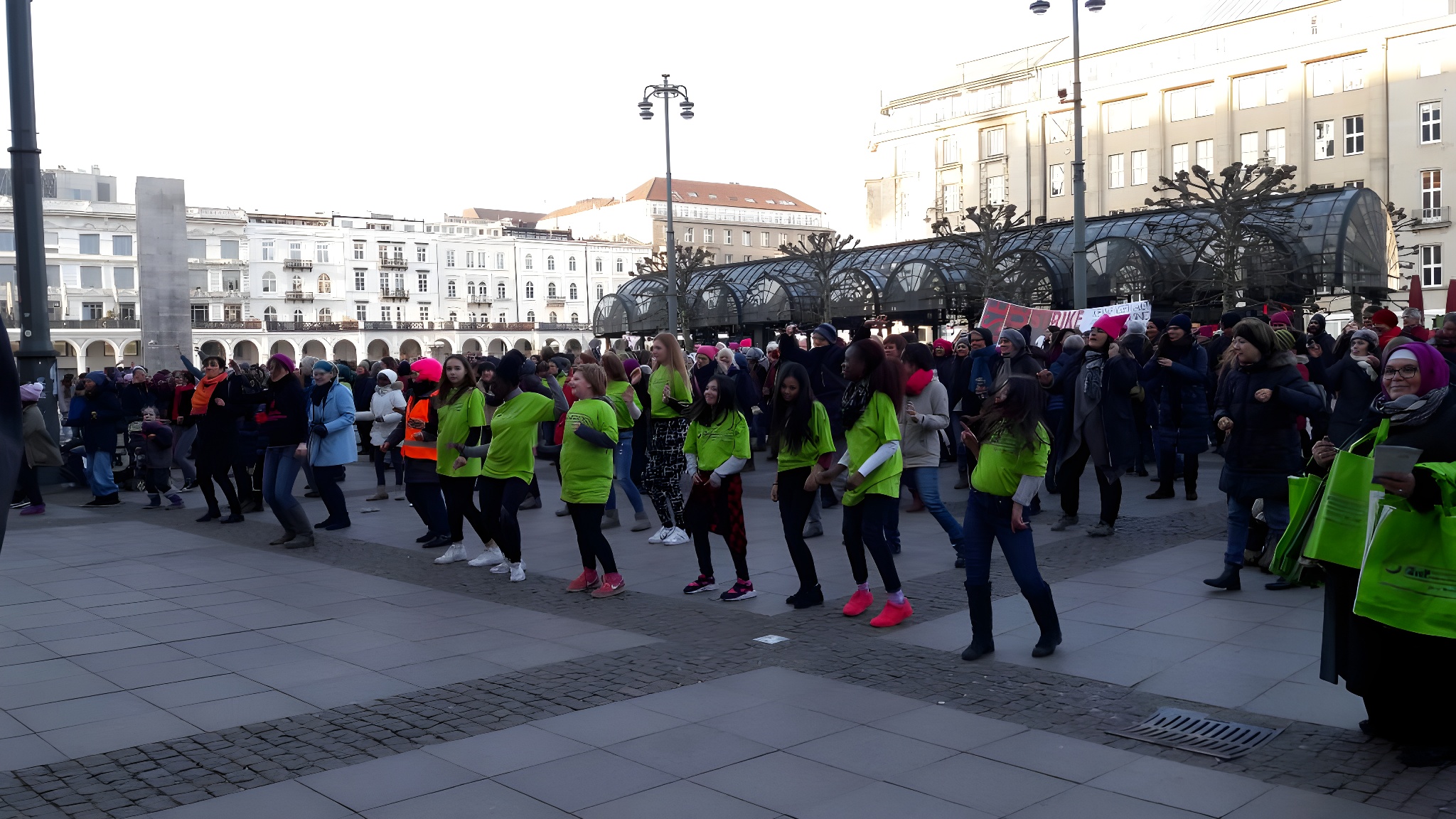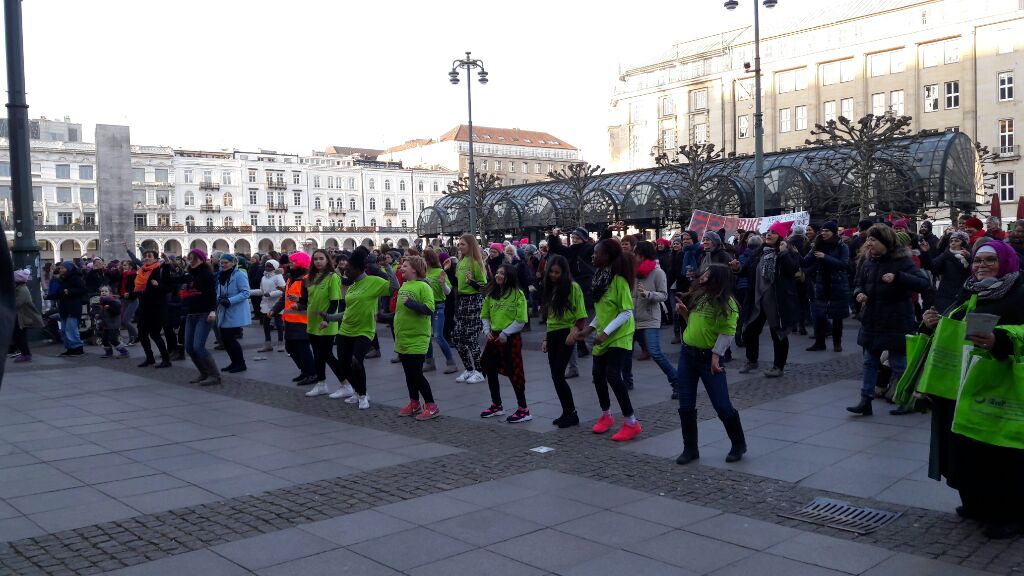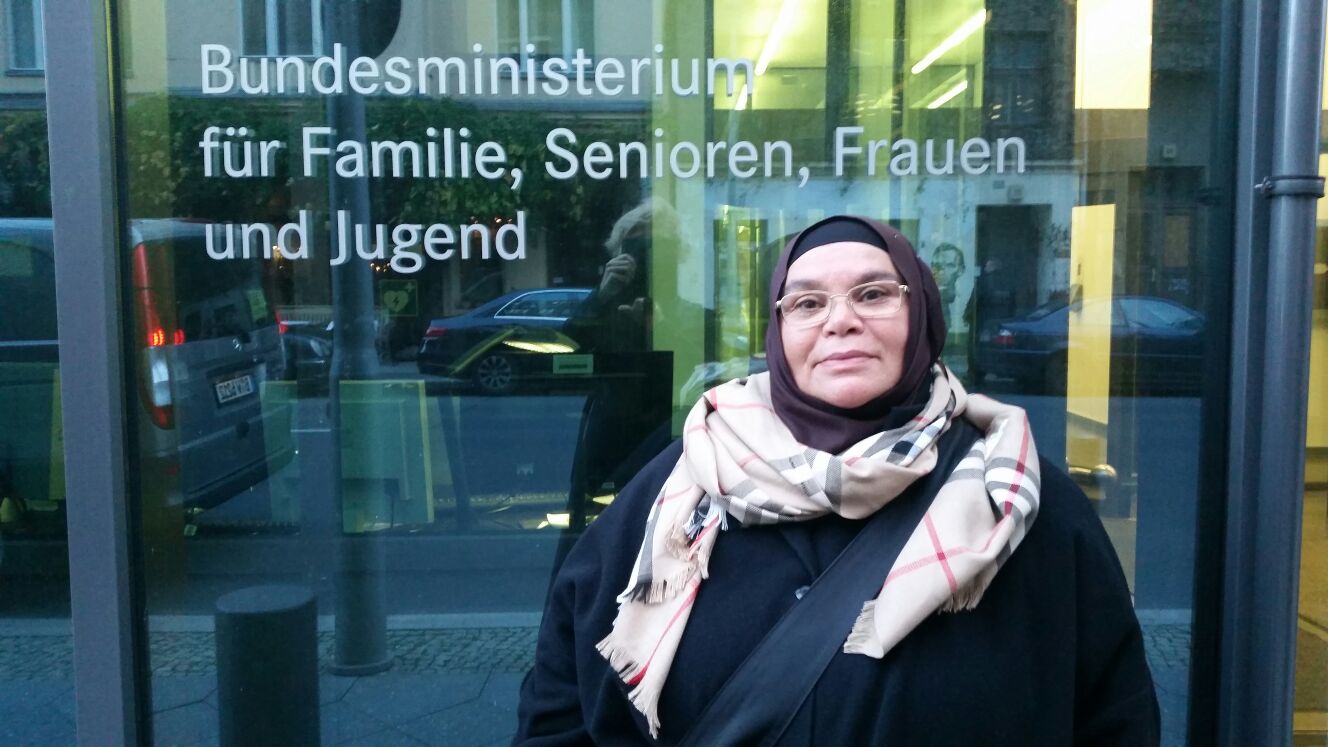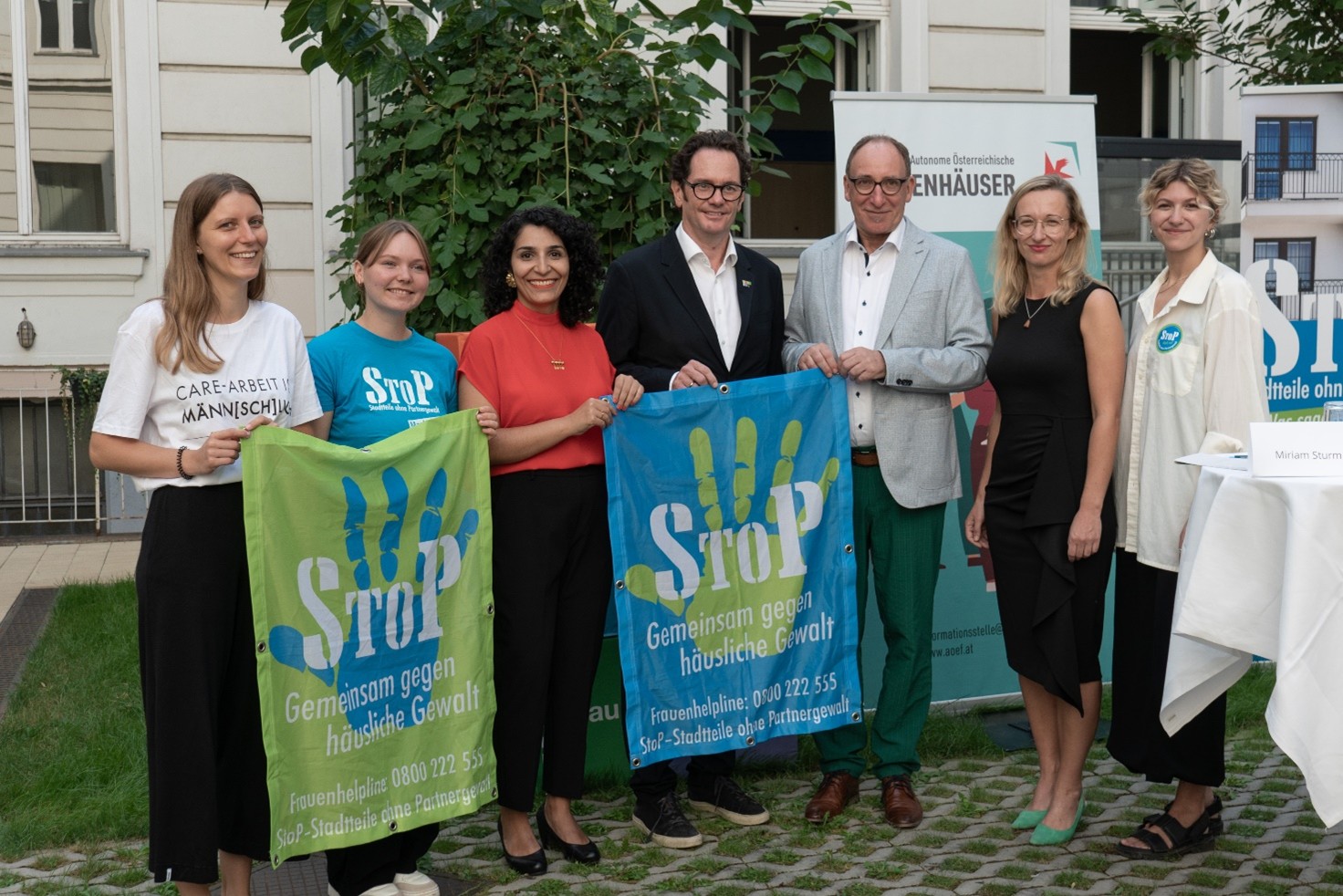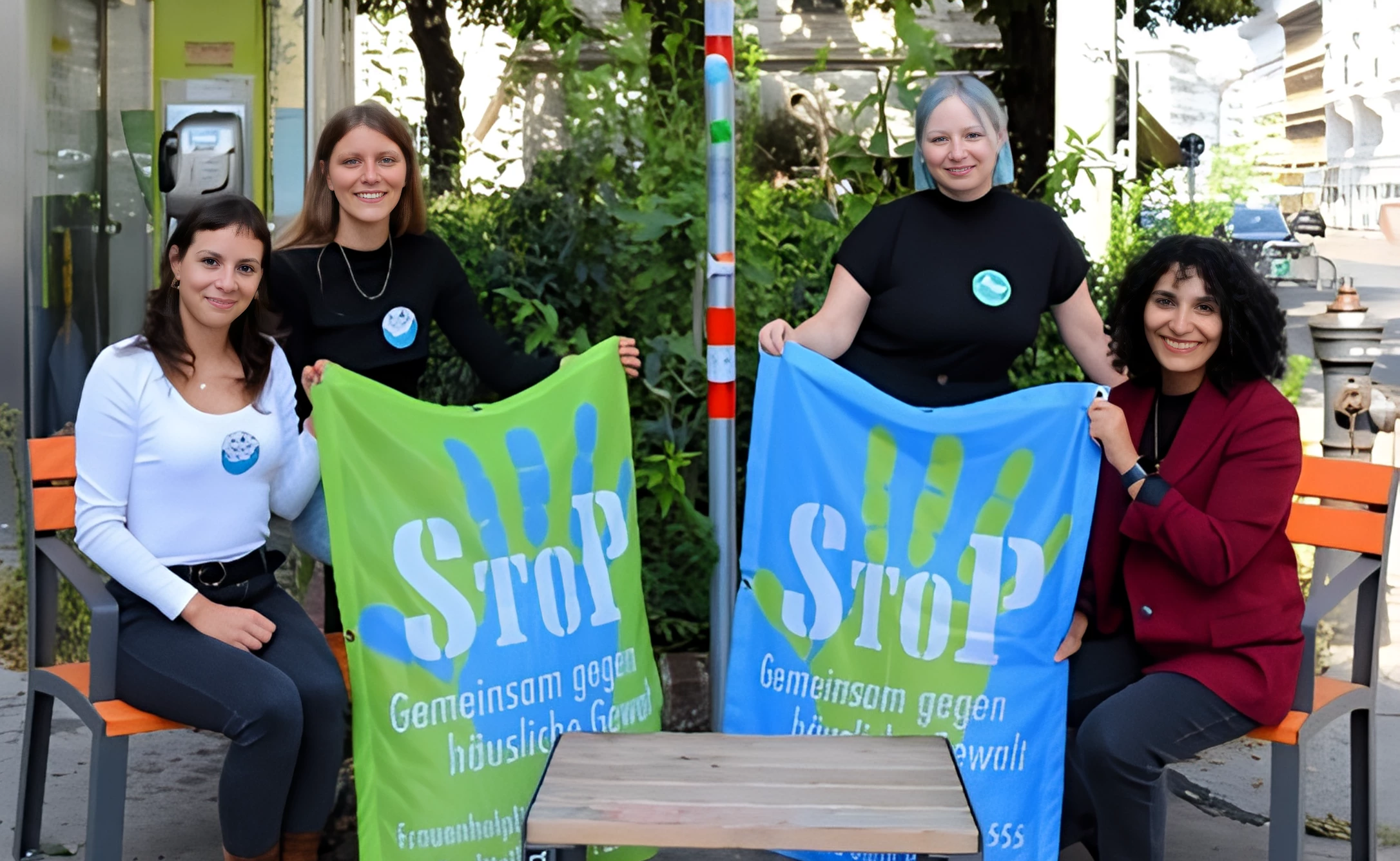Why
The implementation of StoP requires financial ressources, so that projects can start and evolve. Also a society which is willing to change their attitude and behaviour against gender-based violence. Therefore, it is crucial to achieve gender equality in all aspects. Political leaders play an important role in reducing gender-based violence, as they are responsible for adaptions and implementation of laws and political programmes.
What
This resource looks how the StoP community group can contribute to create a catalogue with political demands regarding violence against women. StoP organises people at grassroot level and want to link them to other relevant actors, like politicians. Community work and fighting domestic violence is political work! A list of demands for politicians is an important tool for achieving change at a political level. For the StoP community group it is crucial that the demands are clear, concrete and well-founded.
Objectives
- Learning political work
- Empowerment and group building
- Changing political views on a local level
Facilitators guide
A well-formulated catalogue of demands is a strong basis for political change. By making clear and factual demands based on concrete data and the reality of affected women, you can have a strong political impact. The catalogue should be regularly updated and adapted to the political landscape to ensure that it addresses the relevant issues and contributes to change. By involving private individuals, especially neighbours, in your StoP community group it gains broader support and raise awareness in the community.
Involving the StoP community group in the catalogue of political demands requires above all a combination of education, personal dialogue and practical engagement opportunities. By showing neighbours how they can actively and concretely make a difference, while offering them flexibility and support, you can strengthen commitment to the fight violence against women in the neighbourhood.
- establish a connection to the personal environment and everyday experience
- use interactive formats (smaller action groups regarding sub areas)
- enable responsibility and co-creation (develop together, encourage individual contributions)
- joint activities and actions in dissemination
- share resources and offer support
- make successes and progress visible
Addressing the political actors
Think about how you want to present your demands to politicians. This can vary depending on the situation. Which politicians or political parties are the right contacts? Think about getting local politicians and decision-makers on your side. Think about the best way to communicate, e.g. through official letters, events, round table discussions with politicians, petitions and campaigns or public relations work on social media.
Publication and dissemination
In order to make a broad public aware of your concerns, you should disseminate the catalogue of demands through press work (press release, contact local newspapers, radio stations and TV stations) or events and actions (demonstrations, panel discussions, online campaigns).
Time and people needed
Time: 2–3 hours
People: 2–10
Target groups
- neighbours
- cooperation partners
- training participants
Steps / Action
- Clarifying the objective:
Before formulating demands, the StoP community group should have a common understanding of the objectives and the overall purpose. What is the main goal? Change legislation or is it about better prevention? What are long-term and short-term goals? What changes are needed at a political level and what measures can be implemented immediately. Current status > This step could be done by the StoP organiser in advance! Gather facts and figures: Which statistics and studies prove the urgency of the problem (e.g. frequency of violence against women, lack of protective measures)? Together with the StoP community group you can identify gaps and shortcomings: Where are deficits in the system and are laws unclear? - Define subject areas:
Think about which topics are particularly important for your list of demands. These could include: Prevention and education, Protection and support for affected women, Law enforcement and legal system or Funding and resources. - Formulate concrete demands:
The next step is to formulate the demands clearly and precisely. Each demand should be specific, measurable and realisable. Avoid formulations such as ‘more support’ and set priorities: which demands are most urgent and would have the greatest impact. It is important that the demands do not just remain theoretical, but are also realisable. Set realistic timelines and assign responsibilities, think about which institutions or people should be responsible. - Involve victims and experts > This step could be done extra!
The catalogue of demands should not only reflect the perspective of the StoP community group, but also include the voices of affected women and experts. - Obtain and adapt feedback:
Make sure that you regularly gather feedback from affected women, experts and supporters in order to further improve and adapt the catalogue. - Invite other organisations and activists to join your demands and adapt the catalogue as needed.
Materials
- Flipchart, paper, pens
- Laptop
- Chairs (chair circle) or similar suitable setting for group discussions (sofas)
